- Your cart is empty
- Continue Shopping
Top 10 Exercises for Beginners
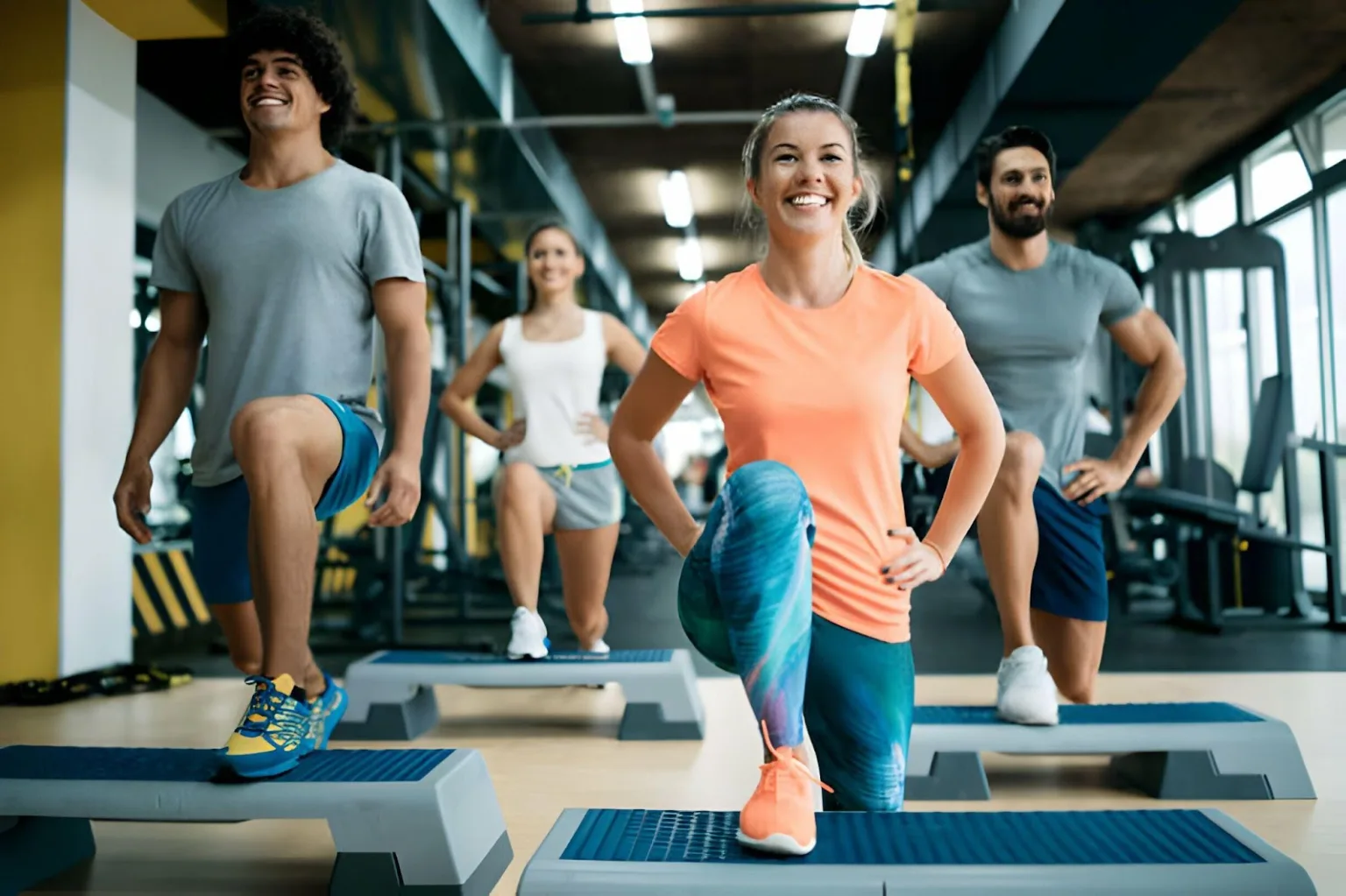
Introduction to Beginner Exercises
Starting a new exercise routine can be intimidating, but it’s one of the most rewarding steps you can take towards better health. Whether you’re looking to improve your fitness, lose weight, or simply feel more energetic, these beginner-friendly exercises will help you get started on the right path. The best part? You don’t need any equipment, and you can do these exercises anywhere!
Benefits of Starting with Beginner Exercises
As a beginner, it’s essential to ease into a workout routine that suits your fitness level. These exercises provide an excellent foundation for building strength, improving flexibility, and enhancing endurance. They also help in preventing injuries by promoting good form and balance. Additionally, starting with simpler movements can boost your confidence, ensuring you stick with your fitness goals.
How to Warm Up Before Exercising
Importance of Warm-Ups
Warming up is crucial before any workout, especially for beginners. It helps increase blood flow to your muscles, raises your body temperature, and prepares your body for more intense physical activity. A good warm-up can also reduce the risk of injury.
Best Warm-Up Exercises for Beginners
Before jumping into the main workout, spend 5-10 minutes warming up. Some great warm-up exercises include:
- Arm circles
- Leg swings
- High knees
- Light jogging in place
1. Bodyweight Squats
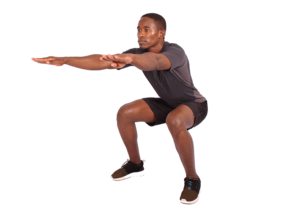
Correct Form for Squats
Squats are a fantastic lower-body exercise that engages your quadriceps, hamstrings, and glutes. To perform a squat correctly:
- Stand with your feet shoulder-width apart.
- Lower your hips as if you’re sitting back in a chair.
- Keep your chest up and your back straight.
- Push through your heels to stand back up.
Benefits of Squats for Beginners
Squats help build strength in your legs and core, improving overall balance and stability. They also promote flexibility in your hips and ankles, making everyday movements like walking and climbing stairs easier.
2. Push-Ups
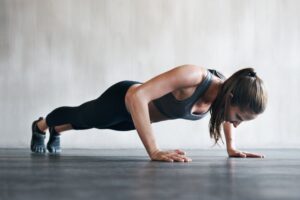
Variations of Push-Ups
Push-ups are a fantastic upper-body exercise that works your chest, shoulders, and triceps. Beginners can start with modified versions such as:
- Knee push-ups
- Wall push-ups
- Incline push-ups
How to Do a Proper Push-Up
To do a standard push-up:
- Start in a plank position with your hands slightly wider than shoulder-width apart.
- Lower your body until your chest nearly touches the floor.
- Push through your palms to raise your body back up.
3. Lunges
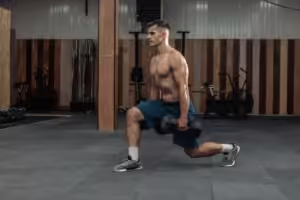
How Lunges Improve Balance and Strength
Lunges are an excellent lower-body exercise that targets your legs, hips, and glutes. They help improve balance, coordination, and core stability. To perform a lunge:
- Step forward with one foot.
- Lower your back knee towards the ground while keeping your front knee aligned with your ankle.
- Push back up to the starting position.
Lunges vs. Squats: Which Is Better?
Both lunges and squats are great exercises, but lunges provide the added benefit of improving balance due to the single-leg movement. Squats, on the other hand, are better for building overall lower-body strength.
4. Planks

Benefits of Core Strengthening
Planks are one of the best exercises for strengthening your core muscles, including your abs, back, and shoulders. A strong core is essential for maintaining good posture and preventing back pain.
How Long Should Beginners Hold a Plank?
For beginners, aim to hold a plank for 20-30 seconds, gradually increasing your time as you build strength. Focus on maintaining proper form throughout the exercise.
5. Glute Bridges
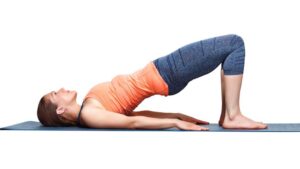
Strengthening Glutes and Lower Back
Glute bridges are perfect for strengthening the glutes, lower back, and hamstrings. This exercise is excellent for improving posture and reducing lower back pain. To perform a glute bridge:
- Lie on your back with your knees bent and feet flat on the floor.
- Lift your hips towards the ceiling by pressing through your heels.
- Lower your hips back down and repeat.
Variations of Glute Bridges
Once you master the basic glute bridge, try adding variations such as:
- Single-leg glute bridges
- Weighted glute bridges
6. Step-Ups

How Step-Ups Improve Cardiovascular Health
Step-ups are a functional exercise that strengthens your legs and improves cardiovascular endurance. You can perform step-ups using a sturdy bench or step.
Step-Ups vs. Stair Climbing
While both exercises target similar muscle groups, step-ups focus more on strength, whereas stair climbing is more aerobic. Both are excellent choices for beginners.
7. Jumping Jacks
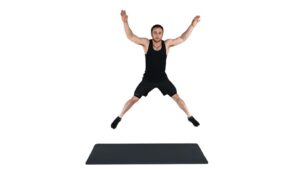
Cardiovascular Benefits of Jumping Jacks
Jumping jacks are a full-body cardiovascular exercise that gets your heart pumping and helps improve coordination. They’re a fun and effective way to get your blood flowing.
Modifying Jumping Jacks for Beginners
If traditional jumping jacks feel too intense, try a modified version where you step out instead of jumping. This version is easier on the joints but still offers cardiovascular benefits.
8. Wall Sits
Building Leg Strength with Wall Sits
Wall sits are a simple yet effective way to build leg strength, particularly in the quadriceps. To perform a wall sit:
- Stand with your back against a wall.
- Slide down until your knees are at a 90-degree angle.
- Hold the position for as long as you can.
How to Improve Wall Sit Endurance
Start by holding the position for 20-30 seconds and gradually increase the time as your leg strength improves.
9. Bicycle Crunches
Strengthening the Core and Abs
Bicycle crunches target the rectus abdominis and obliques, helping to build a stronger core. To perform a bicycle crunch:
- Lie on your back with your hands behind your head.
- Lift your knees to a 90-degree angle and bring one elbow towards the opposite knee.
- Switch sides in a pedaling motion.
Common Mistakes to Avoid
Avoid pulling on your neck or using momentum to complete the exercise. Focus on slow, controlled movements.
10. Walking
Benefits of Walking for Overall Health
Walking is one of the simplest and most effective exercises for beginners. It improves cardiovascular health, boosts mood, and helps with weight management.
How to Make Walking a Daily Habit
Set achievable goals, such as walking for 30 minutes a day. You can also make walking more enjoyable by listening to music or podcasts.
Cool Down After Exercises
Importance of Stretching After Workouts
Stretching helps your muscles recover and prevents stiffness after a workout. It also improves flexibility and reduces the risk of injury.
Best Cool-Down Stretches
Some great stretches to include in your cool-down are:
- Hamstring stretches
- Quad stretches
- Shoulder stretches
Frequently Asked Questions (FAQs)
How Often Should Beginners Exercise?
Beginners should aim for at least three sessions per week, gradually increasing frequency as they build endurance.
What Are the Best Exercises for Weight Loss?
Cardio exercises like walking, jumping jacks, and step-ups are excellent for burning calories and promoting weight loss.
How Can I Stay Motivated to Exercise Regularly?
Set small, achievable goals and reward yourself for progress. Find a workout routine that you enjoy to stay consistent.
Do I Need Equipment for These Exercises?
No, all the exercises listed here can be done using your bodyweight, making them perfect for at-home workouts.
How Long Should My Workouts Last?
Aim for 30-45 minutes per session, including warm-up and cool-down periods.
Can I Modify Exercises if I Have an Injury?
Yes, always consult with a healthcare professional to modify exercises that may aggravate an injury.
Conclusion
Starting an exercise routine can be one of the best decisions for your health. These beginner-friendly exercises are easy to learn, require no equipment, and can be done anywhere. Remember to listen to your body, take things at your own pace, and enjoy the process!
